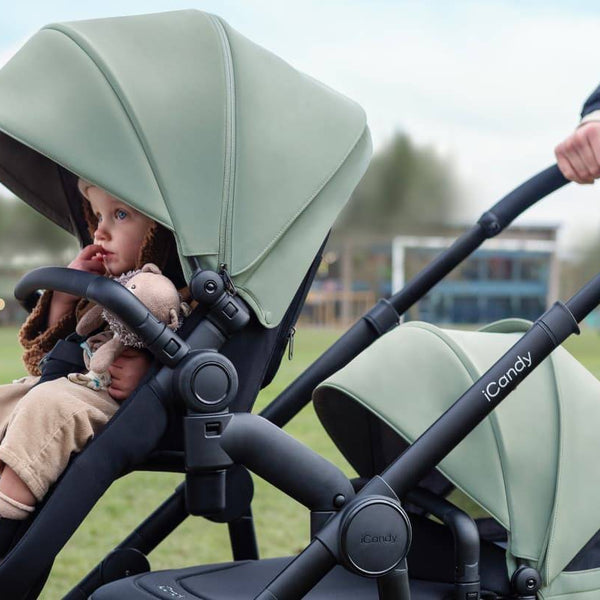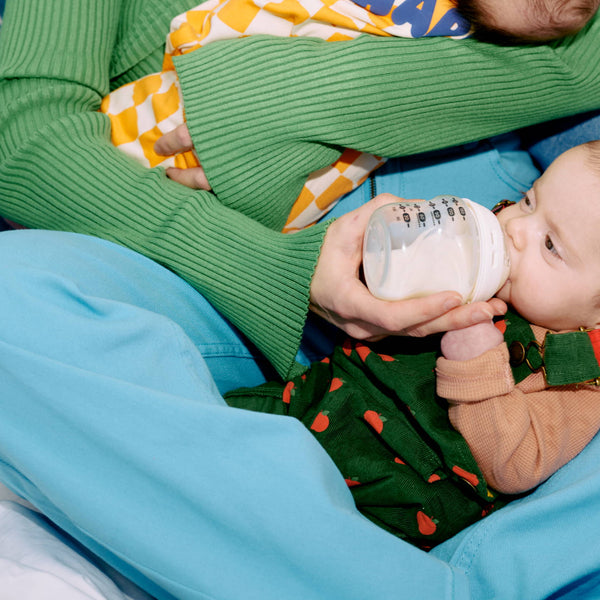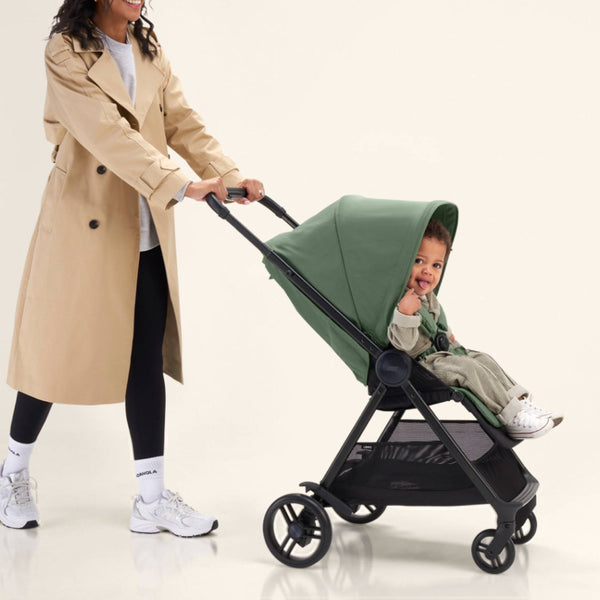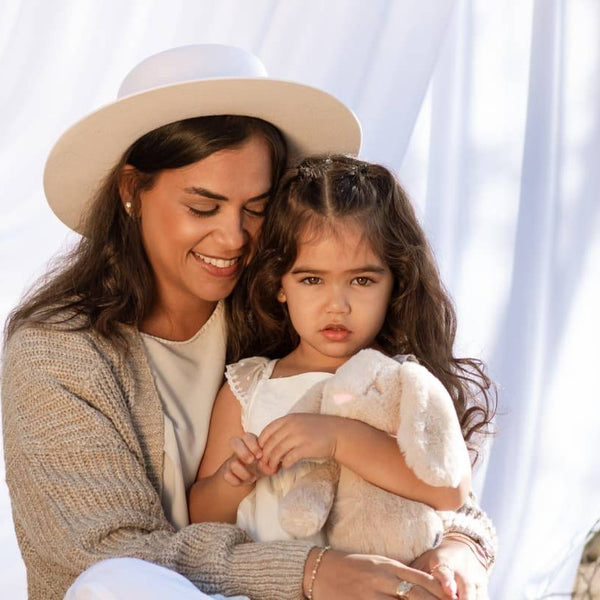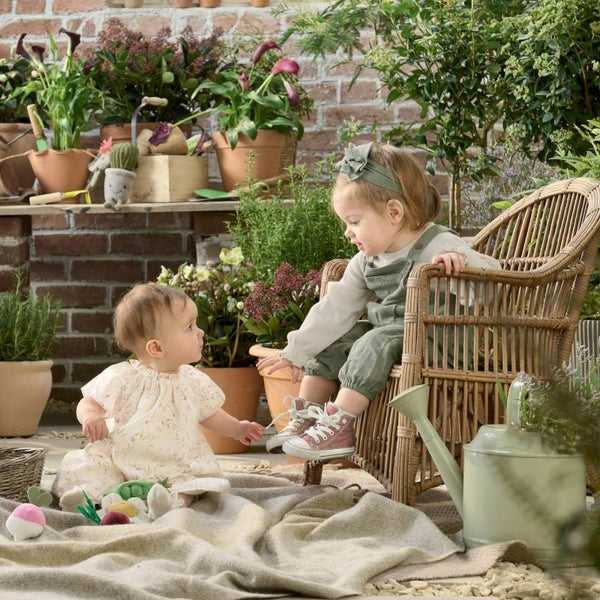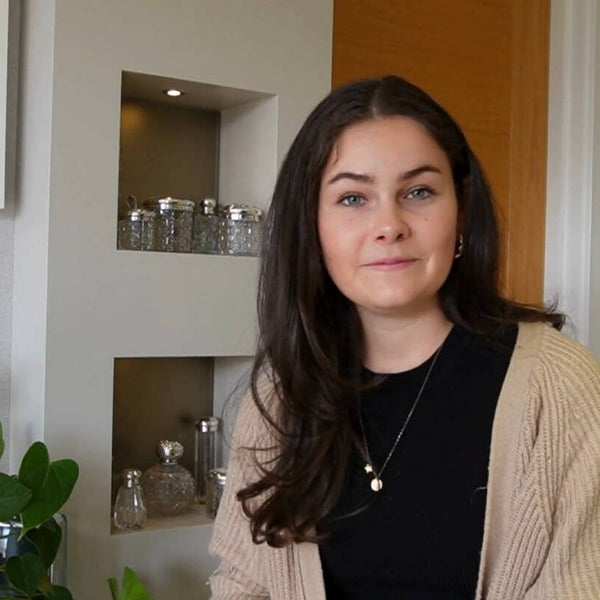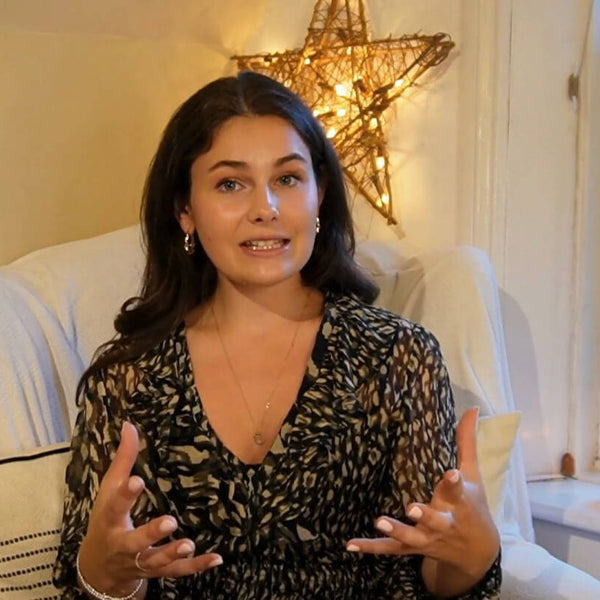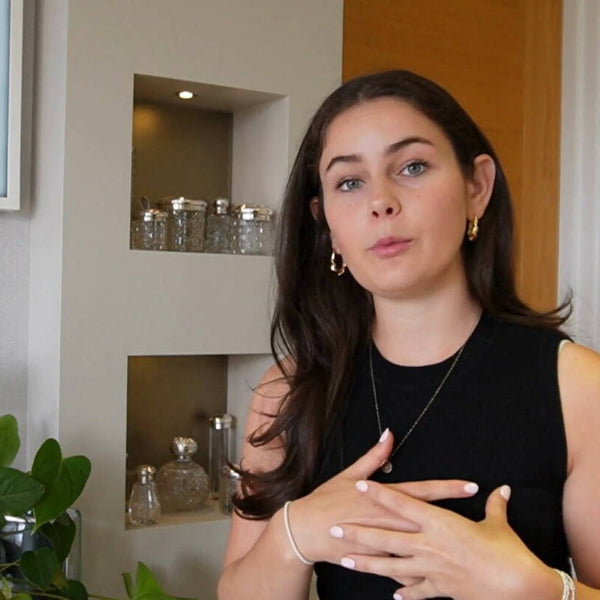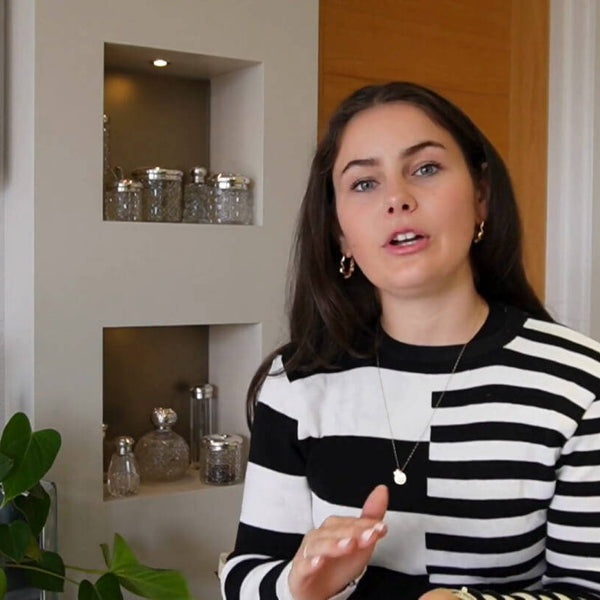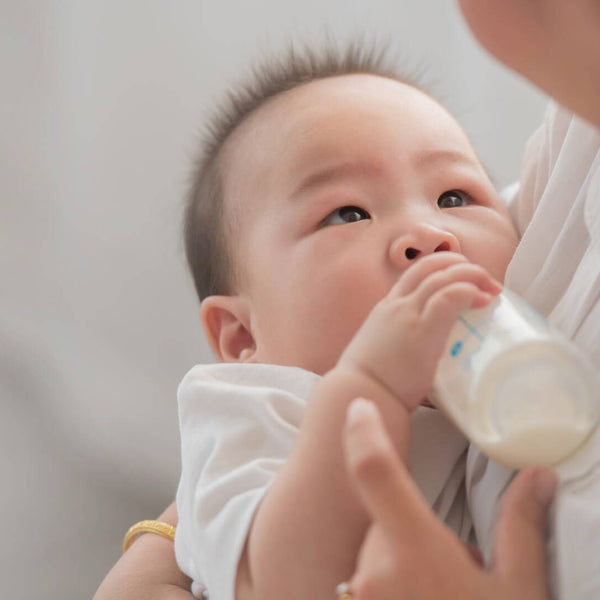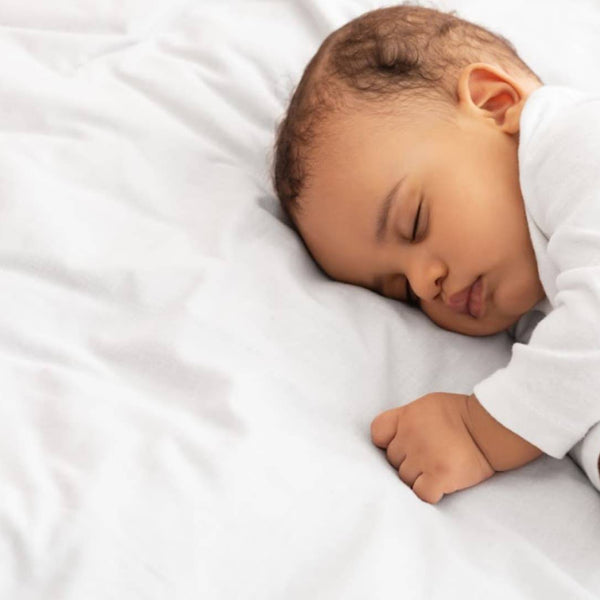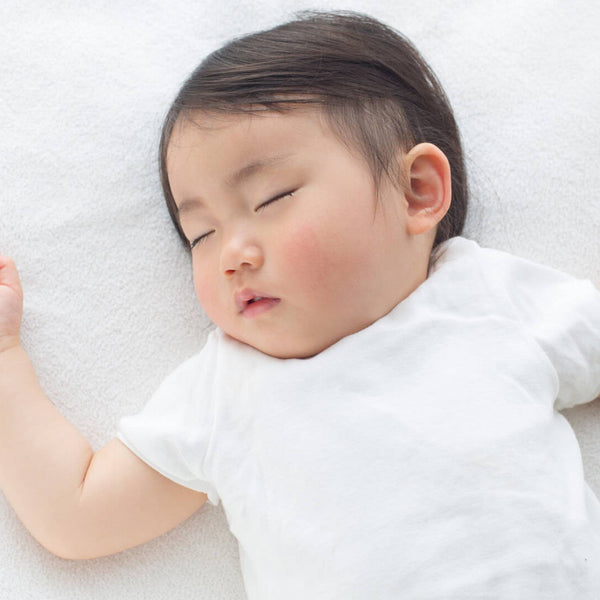From the tell-tale symptoms to look out for to baby's first trip to the dentist, here’s everything you need to know about teething.
When will my baby start teething?
As you've probably noticed, no two babies are the same. The average age for a baby to start teething is around six months, but a small minority will start sooner (perhaps from four months) and others might only cut their first tooth around the time of their first birthday. Some babies may even be born with teeth!
What are the signs that my baby is teething?
Signs of teething really vary. You might find your friend's little one's first tooth pops through without any fuss, while your baby endures weeks of dribbling, pink cheeks, chewing toys and other tricky behaviours before anything even appears in their mouth.
The problem is, increased dribbling, putting things in their mouths, disrupted sleep and grouchy moods are common in almost all four- and five-month-olds and are not necessarily a sign that you're about to spot your baby's first tooth. According to research, these are the real symptoms of teething to look out for:
- Irritability
- Fever
- Diarrhoea
- Itching
- Loss of appetite
- Runny nose
- Rash
- Ear rubbing
However, accurate symptom spotting is a tricky subject where teething is concerned – other studies show many of the symptoms parents spot don't necessarily predict teething. So it’s often a case of wait and see.
It's a matter of contention whether diarrhoea is actually a symptom but Lisa Clegg, nanny, maternity nurse and author of 'The Blissful Baby Expert' says, “Teething can cause diarrhoea. When teeth grow, the mouth produces extra saliva, which is then swallowed and upsets a baby's tummy. The result is slightly more acidic, runny poos. Some babies also get a fever.”
As always, if your baby's behaviour seems really out of character, or you think their symptoms are severe, speak to your GP.
Which of my baby’s teeth will come first?
Here's a rough guide to how babies' teeth usually appear. (Don't worry if your little one doesn't follow this pattern – remember, no two babies are the same!)
Teeth 1-2:
The bottom incisors (bottom front teeth) usually come first, generally when your baby is around five to seven months old.
Teeth 3-4:
The top incisors (top front teeth) tend to come next, at around six to eight months.
Teeth 5-6:
The top lateral incisors (either side of the top front teeth) usually arrive at around nine to 11 months.
Teeth 7-8:
The bottom lateral incisors (either side of the bottom front teeth) tend to come through between 10 months and your baby's first birthday.
Teeth 9-12:
The first molars (those big, back teeth) on the top and the bottom usually emerge between 12 and 16 months.
Teeth 13-16:
The canines (those fang-like teeth, sometimes called eye teeth, or cuspids) on the top and the bottom will also appear between 12 and 16 months.
Teeth 17-20:
And finally, the second molars, on the top and bottom, will come through between 20 and 30 months.
Most children will have all 20 of their milk teeth by the time they're two and a half years old.
Soothing
How can I soothe my teething baby?
“There are lots of different toys and products in the shops for helping your teething baby,” says Lisa. “You'll probably need to try a few different things to identify what works for your little one.”
Silicon-based teething rings and toys (left to cool in the fridge) or even chewing on a cold cloth flannel could provide the perfect pain relief. You can also try massaging your baby's gums with your (washed!) fingers or knuckles to ease their discomfort. Distraction, whether through play or a trip out in the buggy, can also offer some relief.
Happily, the rather official-sounding cuddle therapy is a scientifically proven way to soothe your little one's pain. So, cancel any non-urgent plans and spend some quality time kissing and holding your baby. Alternatively, try using a carrier to keep them close and help the pain-relieving oxytocin hormone flow between you both.
“I found the Matchstick Monkey [a chewable, safe silicon toy] was brill when my daughter was in pain.”
Heidi, 41, County Antrim
How long do the symptoms of teething last?
According to Lisa Clegg, “Symptoms can last a day or two or up to a week as a tooth rumbles and gradually pushes its way up through the gums.”
And the tooth may not even erupt the first few times your baby exhibits teething pain, as some teeth can take a few weeks or sometimes months to come through and 'cut' so that you can see them.
The first teeth and the large molars at the back are generally the worst. Luckily, teeth don't all come through at once; make sure you enjoy the calmer months of easier sleep and better moods in between.
Eating when teething

Is it normal for my baby to eat less when teething?
Yes. “Some babies will go off solids completely if their mouth is sore and prefer to just drink milk,” says Lisa. “Others go the other way and don't like to suck on a bottle because of their sore mouth.”
What foods can I feed my baby when teething?
Lisa suggests mixing up textures to see what your baby prefers at different times in the teething process. “Offer a mix of soft weaning foods and crunchier veg to see what suits your little one that day. Rest assured their appetite will resume, as soon as their mouth is not so sore."
“Cucumber sticks, really cold yoghurt and frozen bananas all helped when Hattie was suffering. I even made amazing banana ice lollies, which she loved.”
Laura Jane, 31, London
Dental Care:
How do I brush my baby’s new teeth?
Start brushing your baby's teeth, twice a day, as soon as their first little pearly whites pop through. Buy an age-appropriate toothbrush, and start with a smear of children's toothpaste. Clean the surfaces of each tooth with a gentle circling movement. It takes a bit of perseverance to build a good teeth cleaning habit, but it'll be worth it as they grow up.
“I try and make tooth-brushing fun for my son Peter, singing silly songs while we clean, 'finding' dirty pigs or dogs in his mouth – with added farmyard noises!”
Zoe, 37, London
When will my baby need to start seeing a dentist?
You can take your little one to the dentist as soon as the first milk teeth appear. Regular check-ups mean your child becomes familiar with the clinic and the dentist, as well as ensuring any oral health problems are spotted at an early stage.
Make the trip fun: try role-playing 'dentists' at home before you go, giving your little one the chance to look inside your mouth, perhaps with a toy doctor's or dentist's kit, as well as being 'dentist' yourself.
You can also find books about going to the dentist's (with Maisy, Peppa Pig, or Topsy and Tim) in your local library, or look out for videos on YouTube to help your child understand what'll happen when you get to the dental clinic.
If you're interested in teething then you may want to get your head around when your child is ready for solid food.
Read The M&P Guide to Weaning
Shop Teething Essentials


